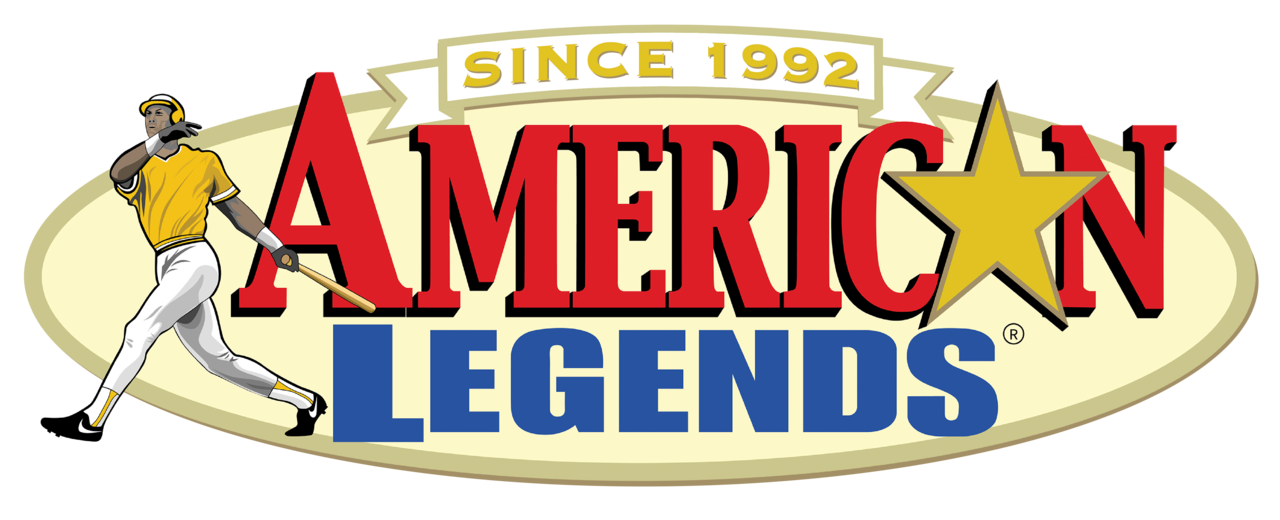The world of sports card collecting is a dynamic and ever-evolving one. Whether you’re a seasoned collector or a newcomer to the hobby, understanding the differences between selling vintage and modern sports cards is essential. Both vintage and contemporary cards have unique appeal, market trends, and collector preferences. This article will discuss the differences between selling vintage and modern sports cards. We will explore the factors that influence their value, market dynamics, and places where to sell sports card collections.
Vintage Sports Cards: A Walk Down Memory Lane
Vintage sports cards typically refer to trading cards produced several decades ago, often dating back to the early 20th century through the 1980s. These cards hold historical significance and evoke nostalgia among collectors. Here are some key differences when it comes to selling vintage sports cards:
Historical Significance: Vintage sports cards often feature legendary athletes from bygone eras, such as Babe Ruth, Mickey Mantle, and Hank Aaron. Collectors interested in preserving the sport’s rich history sought these cards as historical artifacts. When considering where to sell sports card collections of this nature, specialized vintage card auctions and collector forums are excellent options.
Scarcity: One of the primary reasons vintage sports cards are valuable is their scarcity. Limited quantities of many cards make them increasingly rare. This rarity drives up demand and, subsequently, their market value. For collectors wondering where to sell vintage cards, consignment with reputable auction houses specializing in vintage cards is a wise choice.
Condition: The condition of vintage cards is critical in their value. Collectors often pay a premium for well-preserved cards free from creases, stains, or other damage. Professional grading services have become crucial in assessing the condition of vintage cards, especially when selling sports card collections online, as reputable grading companies can add trust and credibility to your listings.
Market Trends: The vintage sports card market has historically been more stable, with gradual appreciation in value over the years. However, market fluctuations can occur, influenced by factors like historical sports events, auctions, and the overall state of the economy. When deciding where to sell vintage sports card collections, staying up-to-date on market trends and preparing for potential price adjustments is crucial.
Modern Sports Cards: A Contemporary Craze
Modern sports cards, on the other hand, represent the current era of collecting, with cards produced from the 1990s onwards. These cards cater to a different demographic and have distinct characteristics that set them apart from their vintage counterparts:
Player Popularity: Modern sports cards focus on current star players, rookies, and rising talents. The market is heavily influenced by the performance and popularity of these athletes, leading to rapid fluctuations in card values. Online marketplaces like eBay or specialized sports card forums are popular choices when deciding where to sell modern sports cards.
Variety and Technology: Modern cards often feature parallels, inserts, and autographed cards, leveraging advanced printing and design technologies. Collectors react to the excitement of chasing rare and unique card variations, making platforms like eBay or even social media groups ideal for selling modern sports card collections with a broad reach.
Grading and Authentication: Like vintage cards, grading services play a crucial role in assessing the condition of modern cards. Many collectors seek professionally graded cards to ensure authenticity and condition accuracy. When considering where to sell trendy cards, mentioning their professionally graded status can boost buyer confidence.
Speculation and Short-Term Investment: Modern sports card collecting has attracted a wave of speculators and short-term investors looking to capitalize on quick price spikes. That has led to a more volatile market, with cards often experiencing rapid price fluctuations. Online marketplaces and auction platforms can accommodate short sales for collectors seeking short-term opportunities.
Market Trends and Investment Strategies
Understanding the market trends for vintage and modern sports cards is essential for anyone looking to sell or invest in these collectibles.
Vintage Market Trends:
Vintage cards have shown steady appreciation in value over the years, making them attractive long-term investments.
Rarity and historical significance continue to drive demand for vintage cards.
High-grade vintage cards, especially those featuring iconic players, can command astronomical prices at auctions. Therefore, if you’re wondering where to sell sports cards featuring vintage cards, reputable auction houses specializing in vintage cards are worth considering.
Modern Market Trends:
The modern sports card market is more volatile, with player performance and speculation influencing prices.
Collectors should be aware of potential market fluctuations and prepared for changes in value when considering investment opportunities with short-term gains. Selling modern sports card collections on online marketplaces can allow for quick and opportunistic transactions.
Rookie cards of young, promising athletes are top-rated among modern collectors. Mentioning the rookie status of modern cards can be a selling point when deciding where to sell sports card collections featuring modern cards.
Investment Strategies:
For vintage cards, a buy-and-hold strategy often yields stable returns over time.
When dealing with modern cards, staying informed about player performances and trends in the sports card market is crucial.
Diversifying your collection between vintage and modern cards can help balance risk and potential reward, whether selling on online marketplaces, through consignment with auction houses, or within collector communities.
Conclusion
In sports card collecting, selling vintage and modern cards involves navigating distinct market dynamics and collector preferences. Vintage cards hold historical significance, scarcity, and a sense of nostalgia, while modern cards focus on current athletes and offer excitement through various card variations. Understanding these key differences is essential for collectors and sellers alike, allowing them to make informed decisions in a hobby that continues to capture the hearts of sports enthusiasts worldwide. Whether you choose to invest in the timeless appeal of vintage cards or the dynamic world of modern cards, the joy of collecting remains a constant, and understanding where to sell sports card collections is crucial to realizing their full potential.


